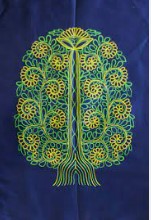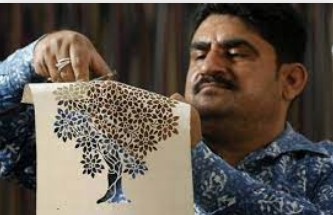1) Ranajana Prakash Desai committee: Appointed by Uttarakhand to examine ways for implementation of uniform civil code, including a review of laws of marriage, divorce, inheritance etc. Also, the head of the Delimitation commission
2) Akruti: The programme AKRUTI-KRUTIK-FORCE: is an initiative from Bhabha Atomic Research Centre.
- The scheme aims to create structured and scalable network of technology nodes in rural areas providing easy access to modern technologies to all villagers in their own villages.‘
- AKRUTI’ is an acronym for ‘Advance Knowledge and Rural Technology Implementation’ programme.
3) Sela macaque: A new species of old world monkey recorded from Arunachal Pradesh has been named after sela pass.
- The phylogenetic analysis revealed that the Sela macaque was geographically separated from the Arunachal macaque (Macaca munzala) of Tawang district by Sela. This mountain pass acted as a barrier by restricting the migration of individuals of these two species for approximately two million years
- Sela is situated between Dirang and Tawang towns in western Arunachal Pradesh.
- According to the villagers, the Sela macaque is a major cause of crop loss in the West Kameng district of the State.
4) Rogan art: The word Rogan means “Oil” in Persian. With origins in Persia, it came to Kutch around 300 years ago. This craft is practised by a lone Muslim family, the Khatris in Gujarat.

- Rogan is a form of textile painting which uses a rich, brightly coloured paint made from castor oil and natural colors.
- The‘Tree of Life’ design is the most famous design in Rogan painting
- The castor paste is mixed with natural colours and then is drawn out into a fine ‘thread’ with a metal stylus or ‘Kalam’. This metal rod never comes in contact with the fabric.
- The artisans then carefully twist the paint across the cloth into motifs and patterns.
- Next, the fabric is folded thereby printing its mirror image.
5) Sanjhi art: Sanjhi is a humble craft of making rangoli-like designs usually on a mud platform or on the floor using special hand-cut patterns akin to stencils. The paper patterns are called khakha that are filled with colour.
- Basically a temple art, it deals with mythological stories with special focus on Krishna’s Leela.
- This ancient form is said to have originated 400 years ago in the temples of Mathura and Vrindavan. It is associated with the Vallabhacharya Sect of Vaishnavism.

Leave a Comment